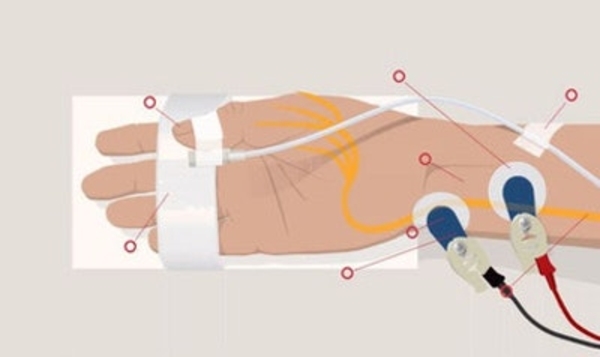Price:
6474 EUR
Contact
Stanford University
Description
Overview
This CME activity is designed for all anesthesia care providers to learn more about residual neuromuscular blockade and neuromuscular monitoring. Objective neuromuscular monitoring is standard best practice to rule out residual neuromuscular blockade and improve patient safety.Real-life patient scenarios presented in short video-based sections are used to cover the educational objectives of neuromuscular monitoring practice.
You will learn more about residual neuromuscular blockade, as well as he different types of neuromuscular monitoring (subjective vs. objective neuromuscular monitoring) and stimulation patterns. We will show a step-by-step approach to assemble objective neuromuscular monitoring equipment. We discuss factors impacting the duration of action of non-depolarizing neuromuscular blocking drugs and address the different reversing agents.
Please Read Before Continuing
Your participation data from this course will be anonymized and aggregated with other learners' data, and used for research purposes to help improve the course and ultimately patient health outcomes.
Accreditation
The Stanford University School of Medicine is accredited by the Accreditation Council for Continuing Medical Education (ACCME) to provide continuing medical education for physicians.
The Stanford University School of Medicine designates this enduring material for a maximum of 1.0 AMA PRA Category 1 Credits™. Physicians should claim only the credit commensurate with the extent of their participation in the activity.
If you would like to earn CME credit from Stanford University School of Medicine for participating in this course, please review the information here prior to beginning the activity.
Specific details
Category of Education
Medicine and Healthcare







 How to resolve AdBlock issue?
How to resolve AdBlock issue? 


Comments (0)